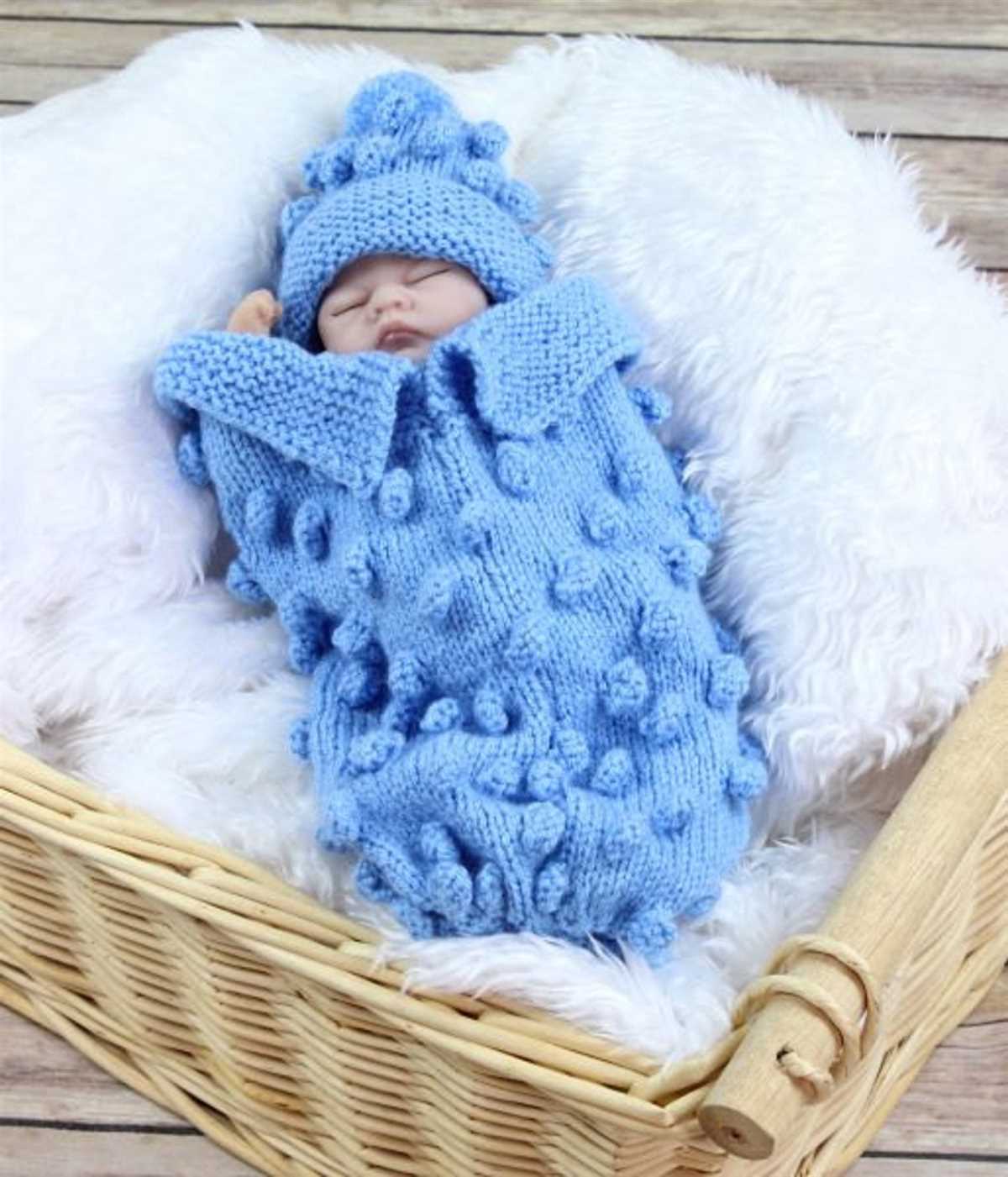
Knitting is a heartfelt and fulfilling hobby that brings joy to many. It allows knitters to create unique and beautiful pieces of warmth and comfort. One such piece that holds great significance is a preemie knit blanket. These small and delicate creations serve as a symbol of love, resilience, and hope. They provide much-needed warmth and comfort to premature babies in their early days of life.
Preemie knit blankets are not only functional but also have a deep emotional value. Knitting them is a labor of love by those who create them, whether it be a family member, friend, or someone volunteering their time. Each stitch is made with care and attention to detail, ensuring that the blanket is not only soft and cozy but also safe and gentle against the delicate skin of these tiny babies.
If you are a knitting enthusiast looking for a project that makes a difference, consider knitting a preemie blanket. There are various patterns available that cater specifically to preemie sizing, ensuring the perfect fit. These patterns often feature simple yet elegant designs that are visually pleasing and easily adaptable to personalized touches.
By knitting a preemie blanket, you are contributing not only to the physical well-being of premature babies but also to their emotional development. The warmth and comfort provided by these blankets have been shown to promote better sleep, reduce stress, and enhance the baby’s overall well-being. In addition, they serve as a source of comfort for parents, reminding them that their little one is surrounded by care and support during a challenging time.
Why knit a preemie blanket?
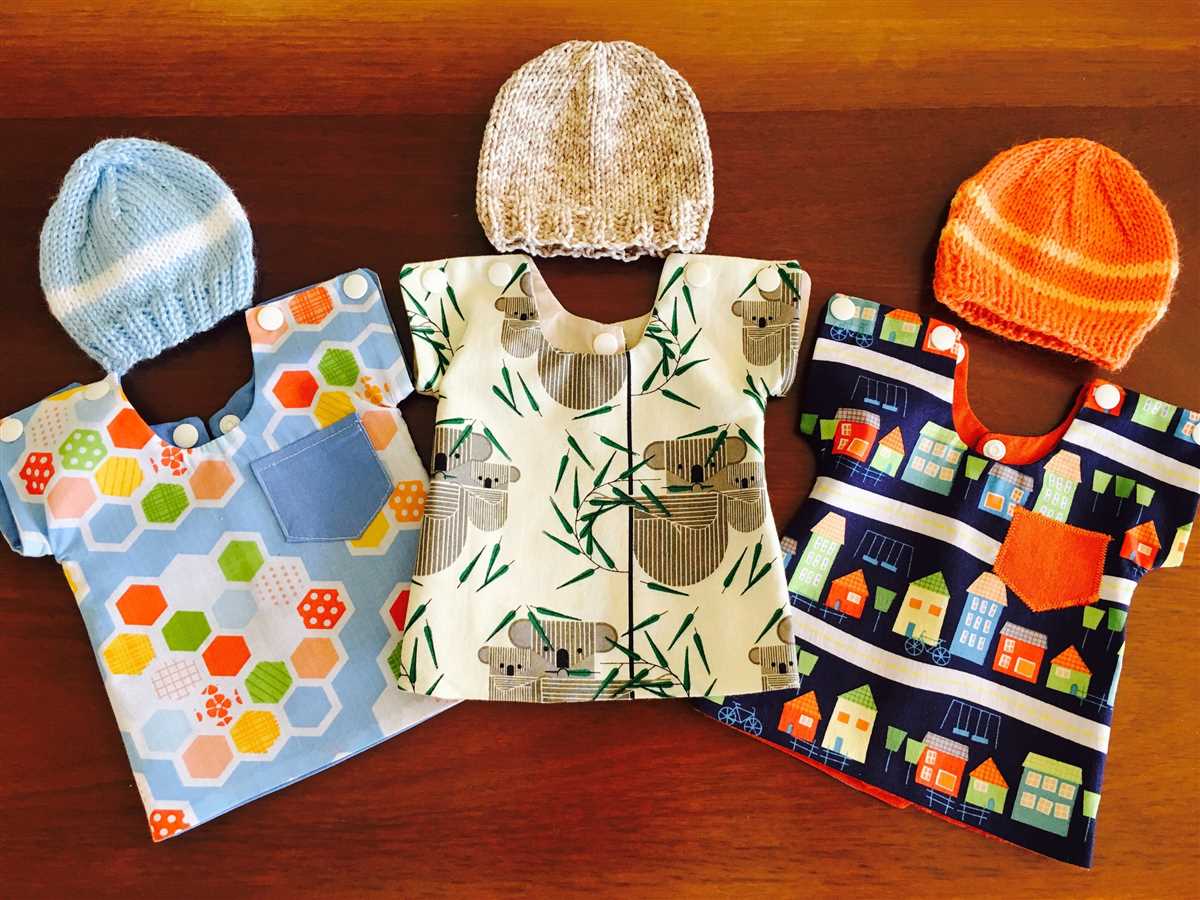
Knitting a preemie blanket serves as a meaningful and practical way to provide comfort and support to premature babies and their families. These tiny, fragile infants often require specialized care and attention, and a hand-knit blanket can offer warmth, security, and a tangible reminder of love.
When a baby is born prematurely, they may spend weeks or even months in the neonatal intensive care unit (NICU) before they are strong enough to go home. During this time, parents and caregivers strive to create a cozy and nurturing environment amidst the beeping monitors and clinical atmosphere. A soft, personalized blanket can help create a sense of home and add a touch of comfort to the sterile hospital surroundings.
Preemie blankets are often designed with unique features to cater to the specific needs of premature babies. These blankets are typically smaller in size, ensuring a perfect fit for the tiny bodies of these infants. They are also made with soft, hypoallergenic yarns that are gentle on sensitive skin and do not cause irritation or discomfort.
Moreover, knitting a preemie blanket can be a therapeutic and rewarding experience for the knitter themselves. It allows crafters to express their creativity, practice mindfulness, and contribute to a cause they care about. Hand-knit blankets are heartfelt gifts that carry the love and warmth of the knitter, making them a cherished item for the recipient.
In conclusion, knitting a preemie blanket is a compassionate way to make a difference in the lives of premature babies and their families. It provides warmth, comfort, and a sense of security to these fragile infants, while also allowing the knitter to experience the joy of giving and creating something meaningful. So grab your knitting needles and embark on a heartwarming journey of crafting preemie blankets!
Choosing the Right Yarn
When it comes to knitting a preemie blanket, one of the most important factors to consider is selecting the right yarn. The type and quality of yarn you choose can greatly impact the comfort and warmth of the blanket, making it essential to make an informed decision.
Fiber Content: The first thing to consider is the fiber content of the yarn. It is generally recommended to choose a soft and gentle yarn that is suitable for a baby’s delicate skin. Natural fibers like cotton and bamboo are excellent choices as they are hypoallergenic and breathable. These fibers also provide a good balance of warmth and breathability.
Weight: Another important factor to consider is the weight of the yarn. For preemie blankets, it is usually best to opt for a lightweight yarn that is easy to work with and provides just the right amount of warmth. Additionally, lighter weight yarns tend to be softer and more comfortable against a baby’s skin.
Colors and Patterns: While the choice of yarn color and pattern is subjective, it is important to consider the preferences of the parents and the intended use of the blanket. Soft pastel colors are often a popular choice for preemie blankets as they create a soothing and calming environment for the baby. Additionally, simple and timeless patterns can add a touch of elegance to the blanket.
Safety Considerations: Lastly, it is crucial to ensure that the yarn you choose is safe for a baby. Double-check that the yarn does not contain any harmful chemicals or allergens. Additionally, opt for yarns that are machine washable for easy care and maintenance.
In conclusion, selecting the right yarn for a preemie knit blanket involves considering the fiber content, weight, colors and patterns, as well as safety considerations. By carefully choosing the yarn, you can create a beautiful and comfortable blanket that will be both appreciated and cherished by the baby and their family.
Essential Knitting Tools
When it comes to knitting, having the right tools can make all the difference in the outcome of your project. Whether you’re a beginner or an experienced knitter, here are some essential tools you should have in your knitting bag:
1. Knitting Needles
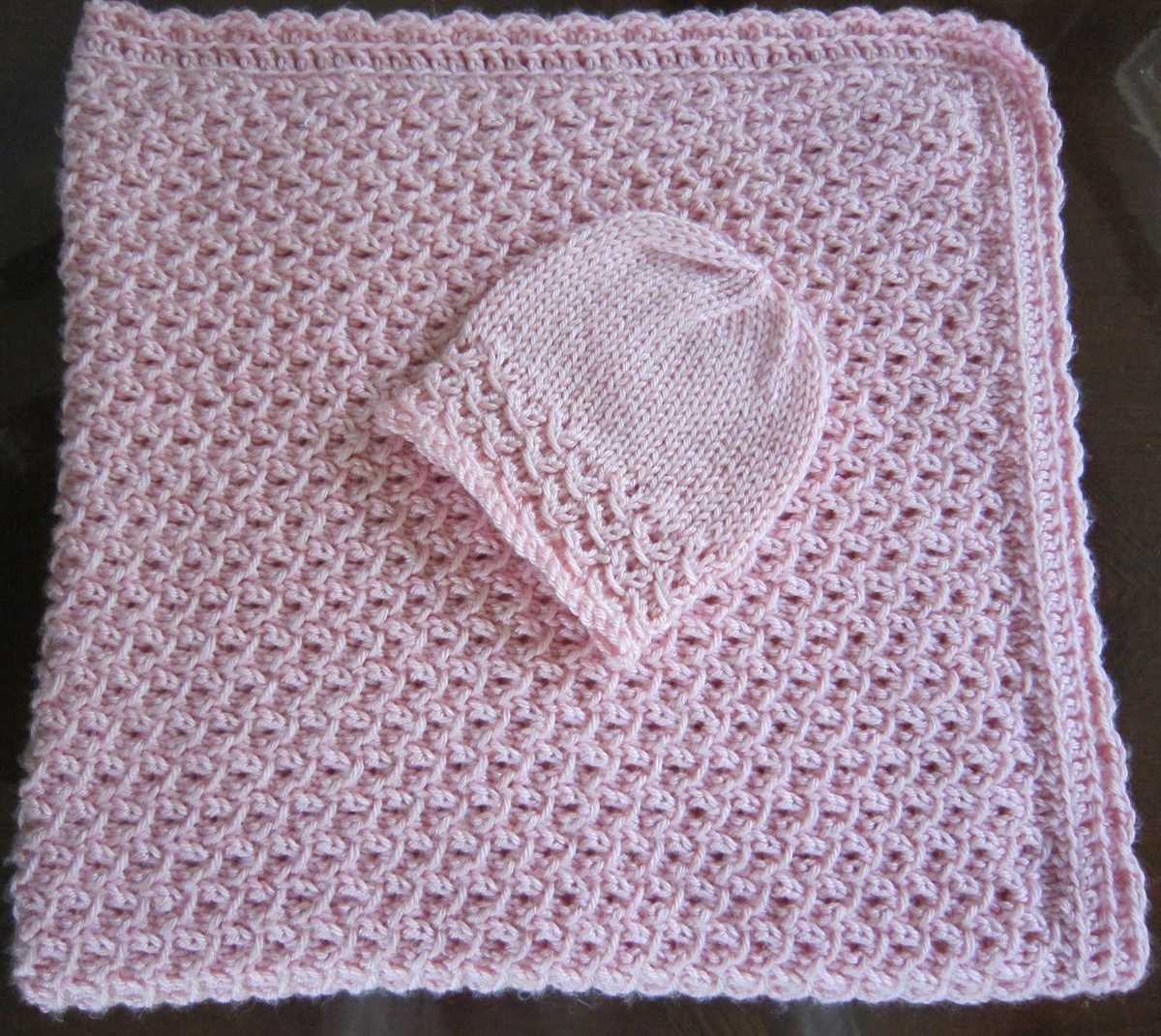
The most important tool in knitting is, of course, the knitting needles. These come in various sizes and materials, including metal, wood, and plastic. The size of the needle you choose will depend on the thickness of the yarn you’re using and the desired tension of your stitches. It’s always a good idea to have a variety of needle sizes on hand to accommodate different yarn weights and project requirements.
2. Yarn
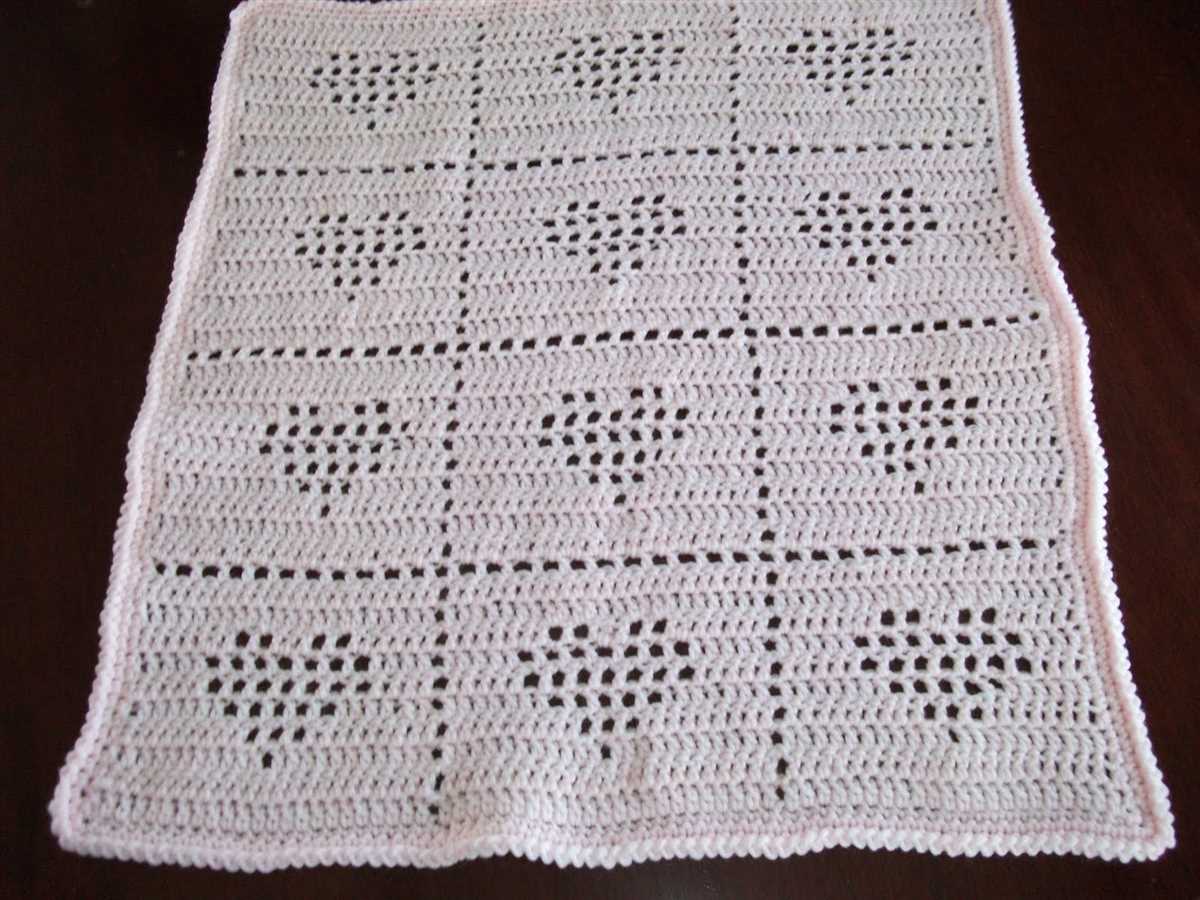
Another essential tool in knitting is the yarn itself. There are countless types of yarn available, each with its own unique characteristics and properties. When choosing yarn, consider factors such as fiber content, weight, texture, and color. Different projects may require different types of yarn, so it’s always a good idea to have a variety of yarns in your stash.
3. Stitch Markers
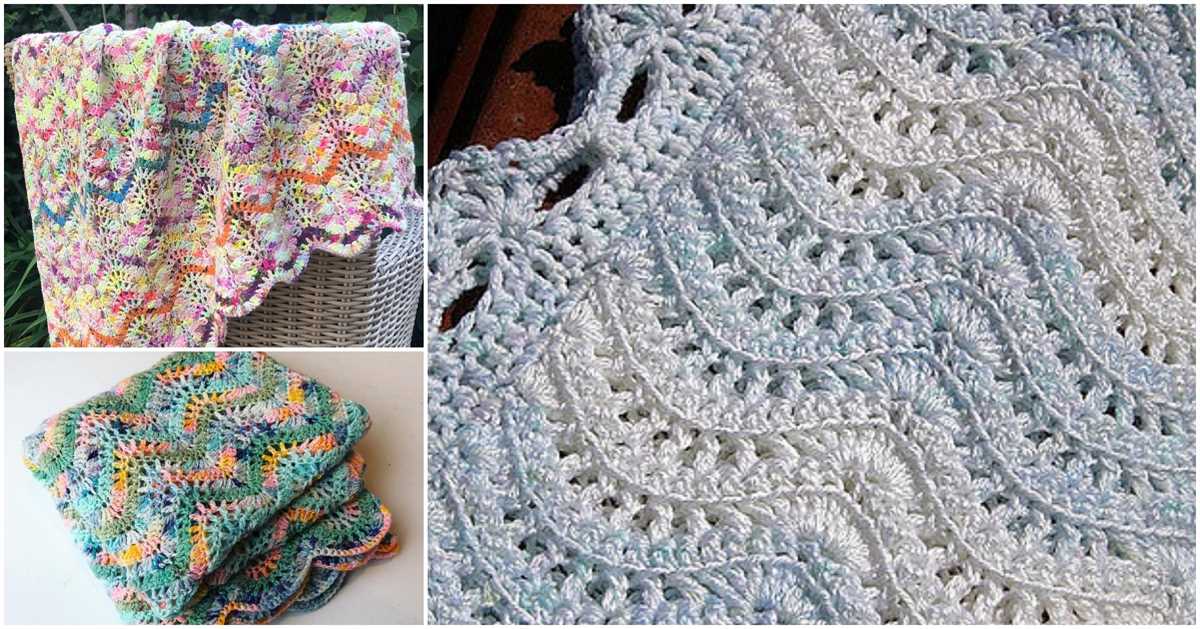
Stitch markers are small rings or clips that are used to mark specific stitches or points in your knitting. They can be helpful for keeping track of pattern repeats or indicating where certain increases or decreases should be made. Stitch markers come in various shapes and colors, and they can be removable or fixed. Having a few stitch markers in your knitting bag can make your knitting experience more organized and efficient.
4. Tape Measure
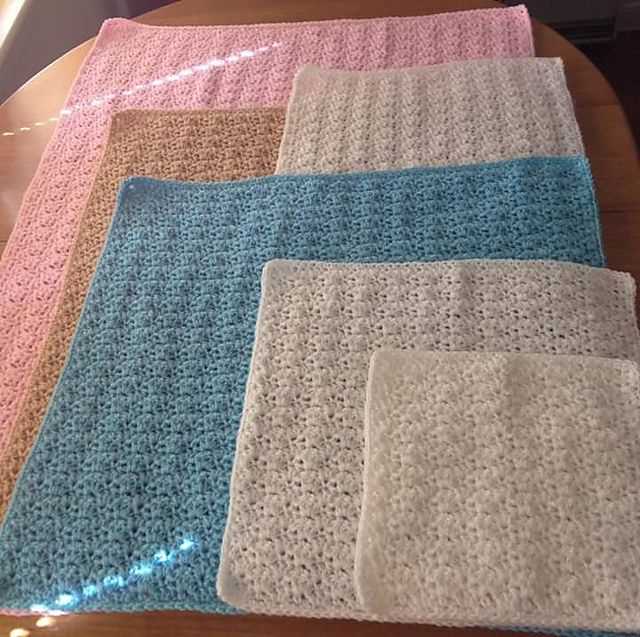
A tape measure is essential for measuring your gauge, checking the size of your finished project, or determining the length of your yarn. Look for a tape measure that is flexible and easy to read. Having a small tape measure in your knitting bag will allow you to make accurate measurements wherever you go.
5. Scissors
Scissors are necessary for cutting yarn and trimming loose ends. Look for a pair of small, sharp scissors that are easy to handle. Keeping a pair of scissors in your knitting bag will ensure that you always have a cutting tool at hand when you need it.
These are just a few of the essential tools that should be in every knitter’s arsenal. With the right tools at your disposal, you’ll be well-equipped to take on any knitting project with confidence and ease.
Basic knitting techniques
Knitting is a versatile and popular craft that allows you to create your own fabric by interlocking loops of yarn. Whether you’re a beginner or an experienced knitter, it’s essential to have a solid understanding of the basic knitting techniques to create beautiful and functional projects. Here are some of the fundamental techniques you need to know:
Casting on
Casting on is the first step in starting any knitting project. It involves creating the foundation stitches on your needle. There are various methods to cast on, including the long-tail cast-on, the knitted cast-on, and the cable cast-on. Each method has its own advantages and results in a different edge. The choice of casting-on method depends on the desired look and purpose of your project.
Knit stitch
The knit stitch, also called the garter stitch, is the most basic and frequently used knitting stitch. It creates a bumpy texture and is often used for scarves, blankets, and dishcloths. To knit, you insert the right-hand needle into the loop on the left-hand needle from left to right, wrap the working yarn around the right-hand needle, and pull the new stitch through the loop. It’s important to keep an even tension to create consistent stitches.
Purl stitch
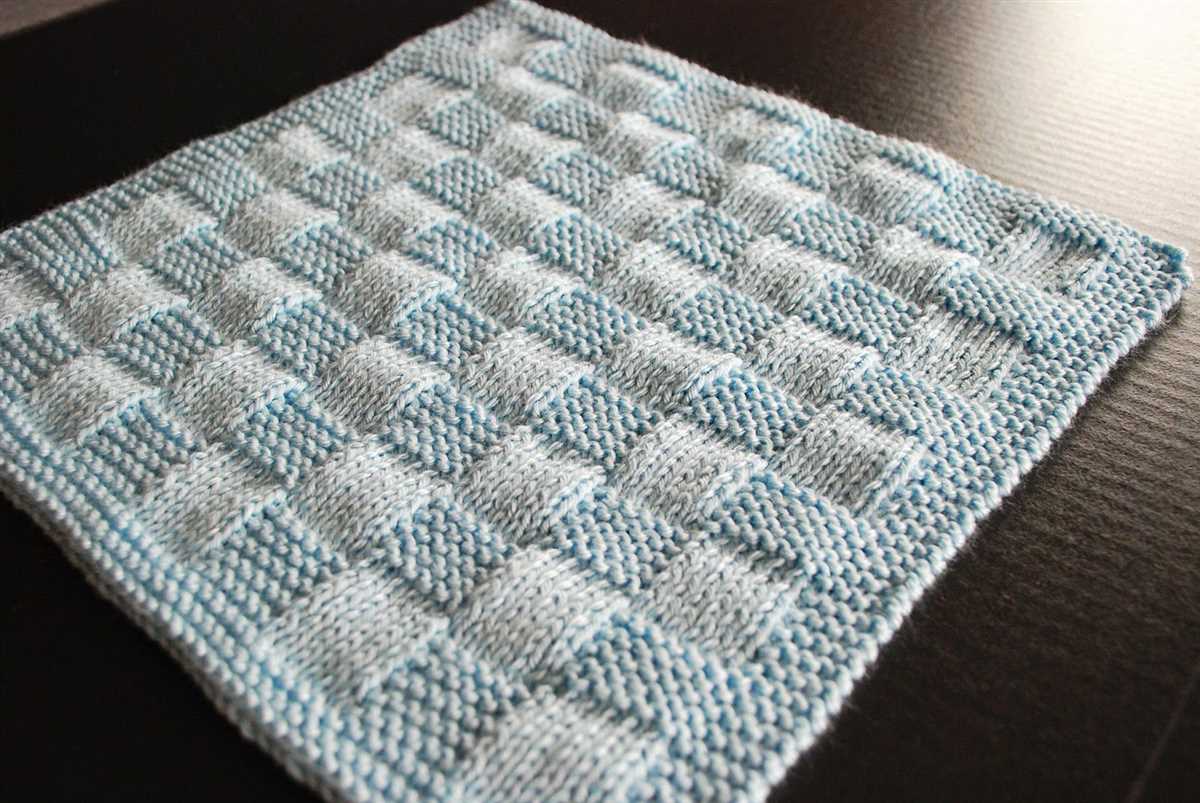
The purl stitch is the opposite of the knit stitch and creates a smooth, V-shaped texture. It’s often used in combination with the knit stitch to create various stitch patterns, such as stockinette stitch. To purl, you insert the right-hand needle into the loop on the left-hand needle from right to left, wrap the working yarn around the right-hand needle, and pull the new stitch through the loop. The purl stitch is essential for creating ribbing and adding texture to your knitting projects.
Increasing and decreasing
Increasing and decreasing stitches are essential techniques for shaping your knitting projects. Increasing adds new stitches to your work, while decreasing eliminates stitches. The most common way to increase is by knitting or purling into the front and back of a stitch. Decreasing can be done by knitting or purling two stitches together or by slipping a stitch over another. These techniques allow you to create shaping, such as curved edges or tapered sleeves, in your knitting projects.
These are just a few of the basic knitting techniques that every knitter should know. As you gain more experience, you can explore advanced techniques, stitch patterns, and knitting styles to expand your knitting repertoire. With practice and patience, you’ll be able to create beautiful and unique handmade items.
ABSTRACT:
In the realm of preemie knitting, it is essential to understand the different sizes of blankets that are suitable for premature babies. Preemie babies have unique needs, and having the right size blanket can provide comfort, warmth, and security. This article aims to shed light on the various preemie blanket sizes, their dimensions, and the factors to consider when choosing the appropriate size for preemie babies.
Understanding Preemie Blanket Sizes
When it comes to preemie knit blankets, size matters. Just like preemie clothing, preemie blankets are designed to fit the tiny bodies of premature babies. These small and delicate individuals require extra care, and providing them with the right size blanket is essential for their well-being.
Dimensions: Preemie blankets come in different sizes, typically ranging from 18×18 inches to 24×24 inches. These dimensions are suitable for swaddling and providing warmth while still allowing the baby to move comfortably. It’s important to note that premature babies vary in size, so it’s best to have a range of blanket sizes available to accommodate their individual needs.
Factors to Consider: When choosing a preemie blanket size, several factors should be taken into account, including the baby’s weight, age, and developmental stage. A smaller preemie may require a smaller blanket size, while a larger preemie may benefit from a slightly larger blanket. The blanket should be large enough to cover the baby, but not too large as to overwhelm or hinder movement.
- Weight: Preemie blankets are often categorized by weight, such as micro-preemie, tiny preemie, or small preemie. These designations help guide knitters in choosing the appropriate size for different stages of prematurity.
- Developmental Stage: Preemie babies go through different developmental stages, and their blanket needs can change accordingly. For example, during the early stages, swaddling blankets may be more suitable, while as the baby grows and gains more control of their movements, a larger blanket may be preferred.
- Comfort and Safety: The primary objective of a preemie blanket is to provide comfort and warmth to the baby. It is crucial to ensure that the blanket is made from soft, hypoallergenic yarn that is gentle on the baby’s sensitive skin. Additionally, the blanket should be well-made, with no loose threads or embellishments that pose a choking hazard.
To sum up, understanding preemie blanket sizes is vital for providing the right level of comfort and care to premature babies. By considering factors such as weight, developmental stage, and individual needs, knitters can create blankets that meet the unique requirements of these tiny individuals.
Beginner-friendly preemie blanket patterns
Knitting a blanket for a preemie can be a rewarding and heartwarming project. These tiny blankets provide warmth and comfort to premature babies, and they are also a wonderful way to showcase your knitting skills. For beginners, it’s important to choose a pattern that is simple and easy to follow. Here are some beginner-friendly preemie blanket patterns that you can try:
1. Garter Stitch Preemie Blanket
The garter stitch is the simplest knitting stitch, making it perfect for beginners. This pattern involves knitting every row, creating a beautiful textured blanket. The size of the blanket can be easily adjusted by changing the number of stitches and rows. You can use a soft and lightweight yarn to ensure that the blanket is gentle on the delicate skin of preemies.
2. Stockinette Stitch Preemie Blanket
The stockinette stitch is another basic stitch that is great for beginners. This pattern alternates between knitting one row and purling one row, creating a smooth and even fabric. You can experiment with different colors and yarns to make the blanket more visually appealing. It’s important to use a soft and breathable yarn that will keep the preemie warm without overheating them.
3. Seed Stitch Preemie Blanket
If you’re looking for a pattern that adds a bit of texture to the blanket, the seed stitch is a great choice. This pattern alternates between knitting and purling within the same row, creating a unique texture similar to scattered seeds. The seed stitch preemie blanket is not only visually appealing but also provides extra warmth and comfort to preemies. You can use a soft and lightweight yarn to ensure that the blanket is gentle on the delicate skin of preemies.
When knitting a preemie blanket, it’s important to choose a soft and breathable yarn that will be gentle on the baby’s skin. Make sure to wash the yarn before starting the project to remove any chemicals or irritants. Don’t forget to check the gauge and adjust your needle size accordingly to ensure that the blanket is the right size. These beginner-friendly preemie blanket patterns are a great way to get started on your knitting journey and contribute to the well-being of premature babies.
Advanced preemie blanket patterns
When it comes to knitting preemie blankets, there are a variety of advanced patterns available for those who are looking for a challenge. These patterns often require more complex stitching techniques and designs, making them perfect for experienced knitters who want to take their skills to the next level.
Lace Knit Preemie Blanket: This pattern features delicate lace stitches that create a beautiful and intricate design. It requires knowledge of lace knitting techniques, such as yarn overs and decreases. The end result is a lightweight blanket with an elegant and feminine feel.
Cable Knit Preemie Blanket: For those who enjoy working with cables, this pattern is a great choice. It features a combination of different cable stitches, creating a textured and cozy blanket. This pattern requires intermediate-level cable knitting skills, as well as knowledge of basic knitting techniques.
Colorwork Preemie Blanket: This pattern allows knitters to incorporate different colors and create stunning colorwork designs. It often involves knitting with multiple yarn strands at once and following a colorwork chart. This pattern is perfect for those who enjoy experimenting with color and want to create a visually striking blanket.
Fair Isle Preemie Blanket: Fair Isle knitting is known for its intricate stranded colorwork designs. This pattern combines multiple colors in a traditional Fair Isle style, resulting in a blanket that is both warm and visually stunning. Knitters will need to be comfortable with stranded knitting techniques and reading colorwork charts.
Entrelac Knit Preemie Blanket: This pattern features a unique knitting technique called entrelac, which creates a textured and geometric design. It involves knitting smaller squares or rectangles and then joining them together as you go. This advanced technique requires precise knitting skills and attention to detail, but the end result is a visually interesting and modern blanket.
Overall, these advanced preemie blanket patterns offer a challenge for experienced knitters who are looking to expand their skills. With their unique designs and intricate stitching techniques, they provide a rewarding project that will delight any preemie and their parents.
Tips and Tricks for Knitting Preemie Blankets

Knitting preemie blankets requires special considerations to ensure that the finished product is safe, comfortable, and appropriate for premature babies. Here are some tips and tricks to keep in mind when knitting preemie blankets.
1. Choose soft and hypoallergenic yarn:
When knitting for preemies, it is important to select yarn that is soft and gentle on sensitive skin. Look for yarn labeled as hypoallergenic, as premature babies often have more sensitive skin and may be prone to allergies or irritation.
2. Use smaller needles and finer yarn:
Due to their small size, preemie blankets should be knitted with smaller needles and finer yarn. This will result in a more delicate and lightweight blanket that is better suited for premature babies. It is recommended to use needles between sizes US 2 and US 4, and yarn that is labeled as “fingering” or “baby” weight.
3. Consider the stitch pattern:
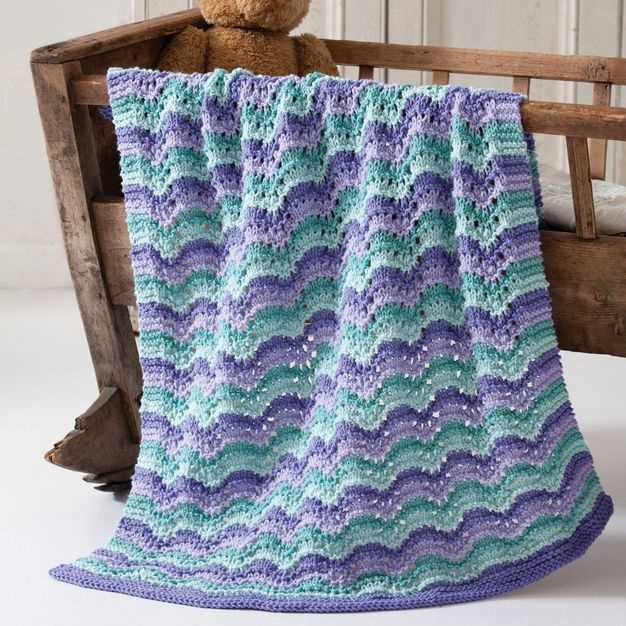
When choosing a stitch pattern for a preemie blanket, it is important to consider the comfort and safety of the baby. Avoid using stitch patterns with large holes or loose stitches that could catch tiny fingers or toes. Opt for a tighter stitch pattern that is warm and cozy, such as garter stitch or seed stitch.
4. Keep the dimensions small:
Preemie blankets should be smaller in size than standard baby blankets. Aim for dimensions between 18-24 inches square to provide enough coverage for the baby without overwhelming them. It is essential to ensure that the blanket is not too heavy or bulky, as premature babies may have difficulty regulating their body temperature.
5. Add a picot or crochet edging:
Adding a picot or crochet edging to the preemie blanket can add a decorative touch while also providing a bit of stretch and flexibility to the edges. This can help ensure a snug and comfortable fit around the baby without restricting movement or causing discomfort.
6. Consider safety features:
When knitting preemie blankets, it is crucial to prioritize the safety of the baby. Avoid using buttons, ribbons, or any other small decorative elements that could pose a choking hazard. Also, securely weave in all loose ends and ensure that there are no loose or dangling threads that could potentially come loose and pose a risk to the baby.
By following these tips and tricks, you can create beautiful and functional preemie blankets that will provide comfort and warmth to premature babies and their families.
Decorating Preemie Blankets
Decorating preemie blankets can be a thoughtful and meaningful way to add a personal touch to these special garments. Whether you’re making them for your own preemie or as a gift for someone else’s, there are many ways to make these blankets even more special.
Embroidery: One popular method of decorating preemie blankets is by adding embroidery. You can embroider the baby’s name, initials, or even a small design onto the blanket. This adds a personalized touch and makes the blanket more unique. Choose soft and non-irritating embroidery thread and ensure that the stitches are secure and comfortable for the baby.
Appliques: Another way to decorate preemie blankets is by adding appliques. These can be small fabric shapes or designs that are sewn onto the blanket. Appliques can be made from the same fabric as the blanket or from a contrasting one to create an eye-catching effect. Choose soft and breathable fabric for the appliques to ensure comfort for the baby.
Ribbon trim: Adding a ribbon trim to the edges of the preemie blanket can also be a charming way to decorate it. You can use a satin ribbon in a coordinating color and sew it along the edges of the blanket. This adds a touch of elegance and can make the blanket feel even more special.
Colorful borders: Another option for decorating preemie blankets is by adding colorful borders. You can crochet or knit a border in a contrasting color to add a pop of color to the blanket. This can be a simple single crochet or a more intricate pattern, depending on your skill level and preference.
Personalized tags: Consider adding a personalized tag to the preemie blanket. You can sew a small fabric tag with the baby’s name or initials onto the blanket. This adds a special touch and makes it clear that the blanket was made with love.
Remember, when decorating preemie blankets, it’s important to choose materials that are soft, non-irritating, and safe for the baby’s delicate skin. Avoid using any decorations or embellishments that could be a choking hazard. With some creativity and attention to detail, you can create a truly unique and beautiful preemie blanket.
Caring for Preemie Knit Blankets
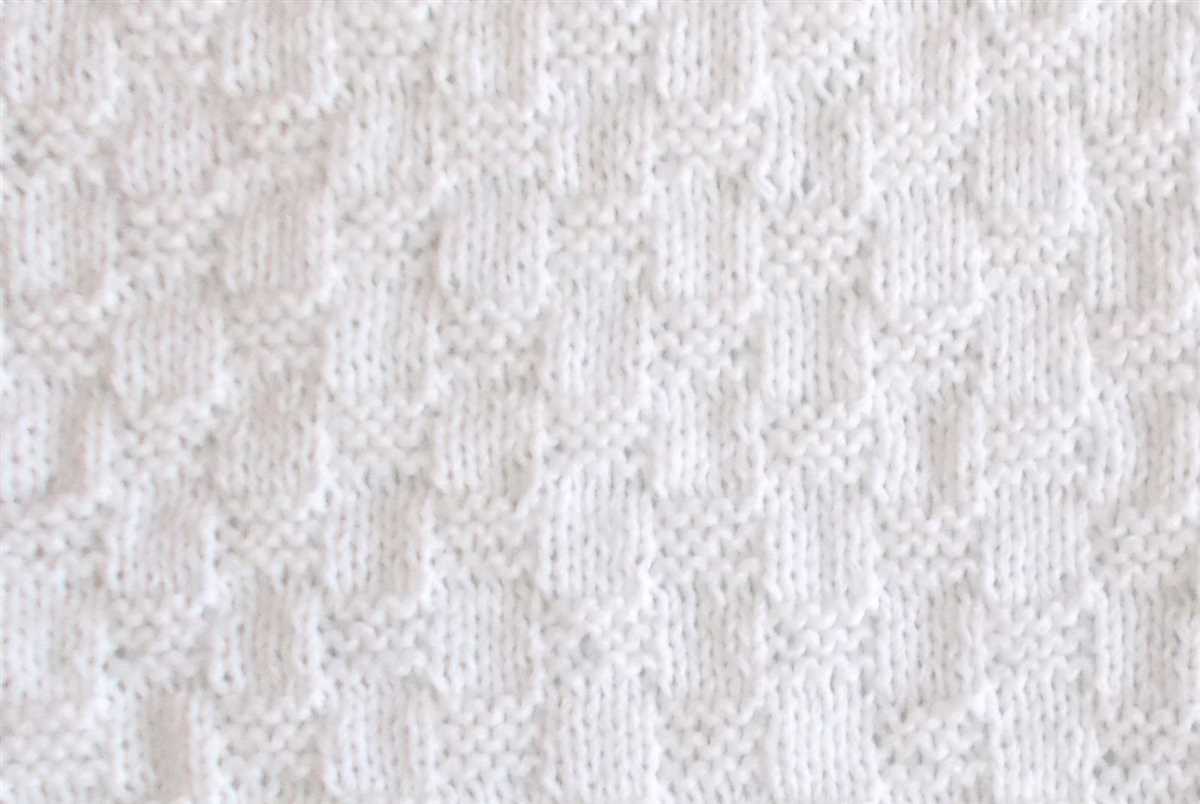
Preemie knit blankets require special care to ensure they stay soft, cozy, and safe for your little one. Here are some tips for caring for preemie knit blankets:
- Washing: Preemie knit blankets should be washed with a gentle detergent in cold water. Avoid using harsh chemicals or bleach as they can damage the delicate fibers of the blanket.
- Drying: It is best to air dry preemie knit blankets by laying them flat on a towel. Avoid hanging them or using a dryer, as this can stretch or shrink the fabric.
- Storing: When not in use, preemie knit blankets should be stored in a clean and dry place. It is recommended to fold them neatly and place them in a drawer or closet to protect them from dust and moisture.
- Repairing: If your preemie knit blanket gets damaged, it is important to repair it as soon as possible. Small holes or loose threads can be sewn back together using a needle and thread, while larger damages may require patching or reknitting.
By following these care instructions, you can help prolong the life of your preemie knit blankets and ensure they are always soft, warm, and safe for your little one.
Note: Always check the care instructions specific to your preemie knit blanket, as some may have specific washing or drying requirements.